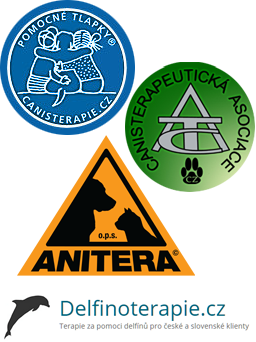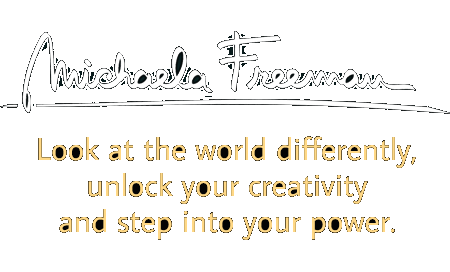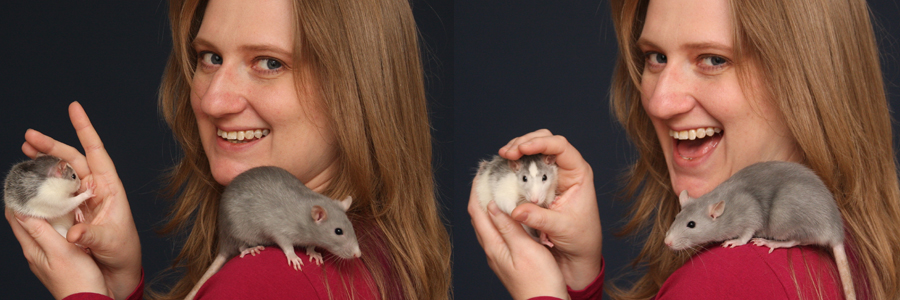I first discovered the field of animal-assisted therapy in 2000 as we worked on founding Helping Paws, the first Czech organization to train assistance dogs. After organizing, creating a methodology and training volunteers and professionals for Helping Paws, I joined or co-founded multiple other animal-assisted therapy projects, recently dolphin-assisted therapy.
What is animal-assisted therapy?
Animal-assisted therapy is a form of experiential therapy where animals become the conduits for healing people. The goals may range from improving quality of life (think of a dog visiting a nursing home, to bring seniors joy and stimulation) to specific therapeutic needs (think of a disabled child, riding a horse to stimulate their muscular and nervous systems).
How It Works
As part of animal-assisted therapy, volunteers or professionals take animals to health-care, social-care and educational facilities. If all these environments were more natural and, well, more humane, we probably wouldn’t need animal-assisted therapy, but for now, animals provide that missing link – unconditional love. They can be the ray of light in the gray reality of life in an institution, be it a hospital, nursing home, orphanage, refugee camp or school for disabled kids.
Animal-assisted therapy combines physical, psychological, and social elements into fun and motivating activities. It often works where other therapies proved ineffective and, unlike medication, it has practically no side effects. Animals simply provide something we, as people, cannot and they provide it where we have failed.
Miracles? Dare I Say Yes?
I have heard the word ‘miracle’ spoken way too often in this context, but what I’ve seen and researched certainly feels that way. I’ve had chats with the formerly ‘incurably’ mute and taken walks with the formerly ‘permanently’ bed-ridden. I’ve had nurses tell me they wept when they saw ‘hopeless’ cases regain hope and progress from there in leaps. It’s not a cure-all, but it’s always a useful supplement to traditional care and, in those special cases, has absolutely unexpected results.
 My Work in AAT
My Work in AAT
I first got involved in this field in 1999 and since worked as an organizer in four projects: Helping Paws therapy-dog section, the Canine Therapy Association, Anitera and Delfinoterapie.cz). This gave me an opportunity to meet and help train hundreds of volunteers and professionals. At some point I realized that, precisely because I’m not a therapist myself, I’m in an ideal position to do research and try to find common threads. I approached this work from a journalistic and methodological point of view and currently serve as an independent consultant.
The Methodology of Animal-Assisted Therapy
Over time, I developed a theoretical structure for the methods, incorporating all aspects of the so-far existing types of animal-assisted therapies. The first edition of my textbook Základy animoterapie (Basics of Animal-Assisted Therapy) serves as core learning material in various courses.
I lecture, write about animal-assisted therapies, maintain websites, and consult university students who write theses on the subject. Since 2011, my main focus gradually shifted from dogs and other common therapeutic animals to dolphins. See more about dolphin-assisted therapy.

